Where Are The Poorest Places In The World?
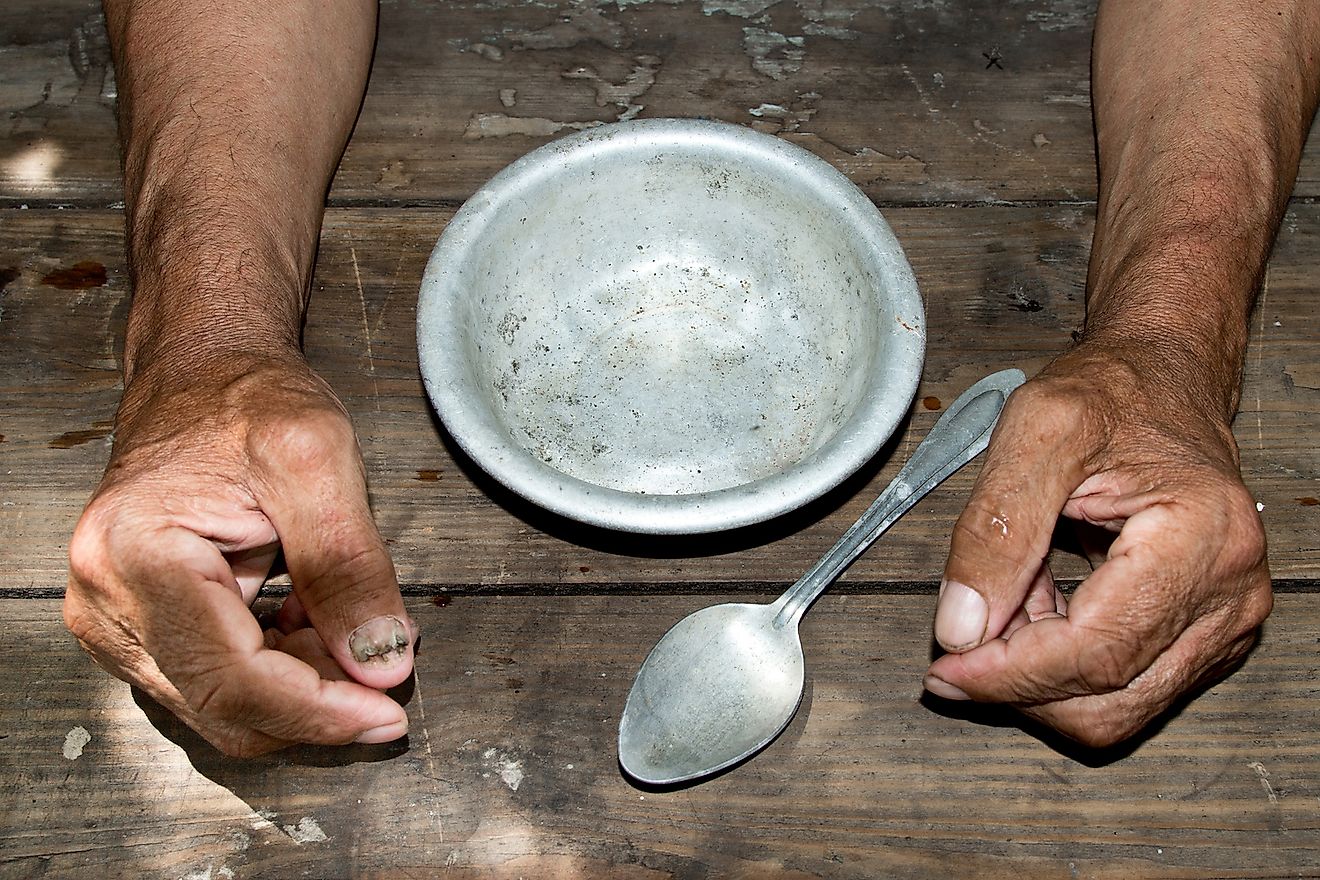
- India, Ethiopia, Bangladesh, the Democratic Republic of Congo, and Nigeria are home to the greatest numbers of poor people.
- The 'international poverty line' is currently set at $1.90 USD per day, and over 730 million people live under it, in the world.
- Bangladeshis now live in a lower middle-income country by the United Nations’ definition, rather than one with a status of being least developed.
You may have heard the saying “a first world problem." This applies to situations like getting mad at Amazon because they shipped you the wrong color of sweater, and you can’t print off the correct return shipping label to send it back. And it’s Sunday, and you have to work on Monday. And you really want to get the whole thing fixed and out the door RIGHT NOW...but you can’t. You have to make dinner. Argh!
So-called “first world problems” present situations in which it doesn’t really matter in the grand scheme of things if the problem is fixed. It is actually small and somewhat irrelevant. But it makes us pretty mad, anyways. These are moments when we forget to step back and realize our privilege. If you can afford to order any sweater you want from Amazon with your credit card and have it delivered to your doorstep, (and you can easily put dinner on the table), you are living in a privileged part of the world.
Not everyone living in a developed country has a high economic status, of course, but many do. It is a fact however, that almost half the world’s population lives on less than $5.50 a day. The World Bank says it is committed to ending extreme poverty, (living on less than $1.90 per day), by 2030, and this could be a difficult goal to achieve.
People who live in poverty often have trouble accessing clean drinking water, sanitation, education and other necessities. Official records show that about 13% of the world still does not even have electricity. That means 940 million people do not have lights in their homes after dark, or any appliances they can plug in, or a way to charge a cell phone at home. Essentially, they cannot study after the sun goes down.
In addition, 40% of the world still does not have access to clean fuels for cooking. Those without often have to burn fuels inside their home that can cause cancer and other respiratory diseases, in order to cook their food.
Who is suffering the most? India, Nigeria, the Democratic Republic of Congo, and Ethiopia are home to the greatest numbers of poor people on Earth.
India
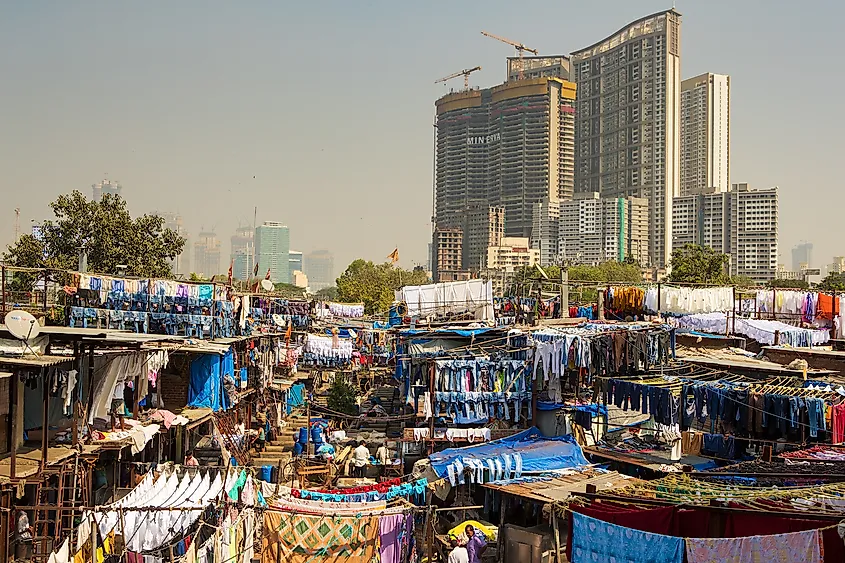
Here is a country in which progress has been made to bring many people out of extreme poverty since the 2000s, but where many do still live at a very low economic level. Over 270 million people in India live below the national poverty line, which adds up to over 20% of the country. Some 60% of people in the country live on less than $3.10 per day.
According to Oxfam, as in other countries, just a few people control the bulk of the money in India. In 2017, the richest 10% controlled 80% of the nation’s wealth, and the top 1% in the country owned 58% of the wealth.
In the rural villages of India, just 11% of people own a refrigerator, and 35% of people cannot read. The gap between the rich and poor in India is so vast that as Moni Basu writing for CNN remarked, in order for someone who is poor to buy a pricey $1000 brand name handbag, they would have to work for about 25 years. Impossible.
Some people do make their way out of poverty generation by generation. Others remain stuck, however. Poor people in India now live next to glitzy shopping malls they are never generally allowed to enter, for an entire lifetime.
Some say corruption in government and inefficiency are what cause the enormous gap in wealth in India, whereas others point to tax structures that benefit the wealthy. It could be that all of these things contribute to the problem.
Nigeria
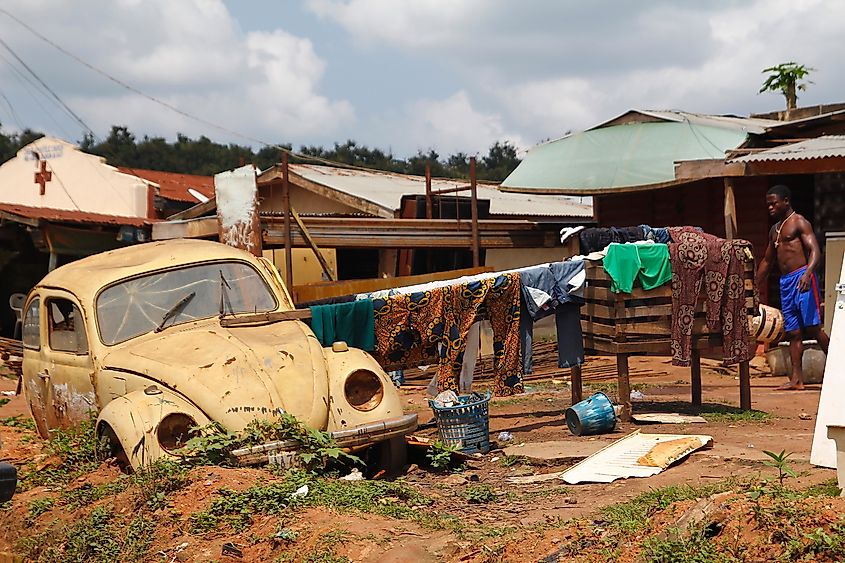
Sub-Saharan Africa and South Asia combined are home to about 85%, or 629 million, of the world’s poor. When it comes to income growth for the poorest people in this region, of which Nigeria is a part, things are actually going backwards. About 40% of the bottom of Sub-Saharan populations has been experiencing negative income growth recently. The population in these areas, however, is booming. Africa’s population almost doubled from 1990 to 2015, and a lot of these people were born into families in which individuals live on less than $3.20 per day. Part of what keeps the poor down is the fact that they often have little access to education which can be expensive, as well as clean water and medical care.
Ethiopia
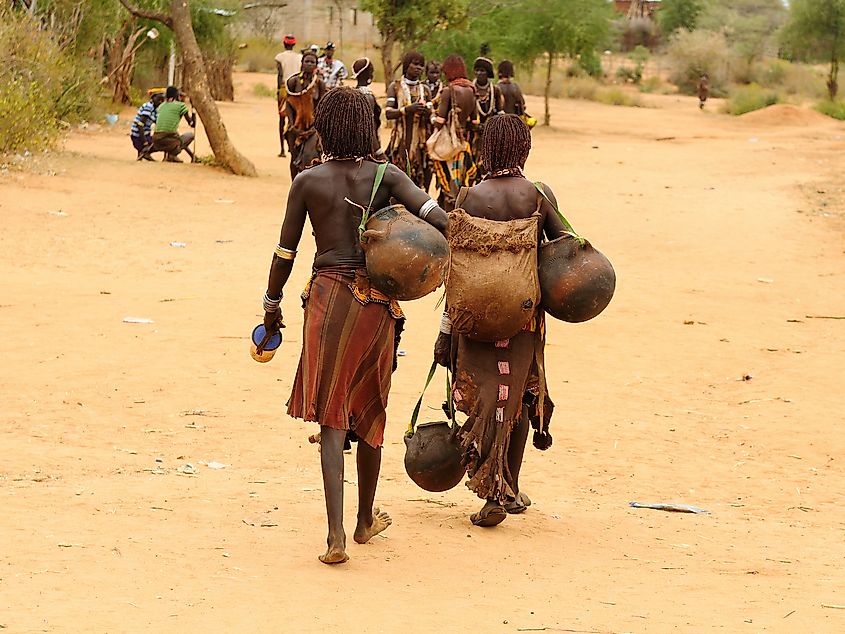
Ethiopia is also part of Sub-Saharan Africa and is subjected to many of the same difficulties all countries in the region face. According to the World Bank, the country has made some major improvements in reducing poverty but things are still very unequal between the haves and the have nots.
Things like welfare, education, access to water and sanitation, and health services have improved, but access is very unequal. The poorest 10% of the population did not experience economic growth from 2005 to 2015. People living in rural areas are still far more likely to be uneducated. The country’s population is expected to double from 2015 to 2025. Much of this growth is expected to happen in small and medium-sized towns, and as such, more money needs to be spent on developing infrastructure that improves these areas, if an even greater gap between rich and poor in Ethiopia is to be avoided in the future.
Democratic Republic Of Congo
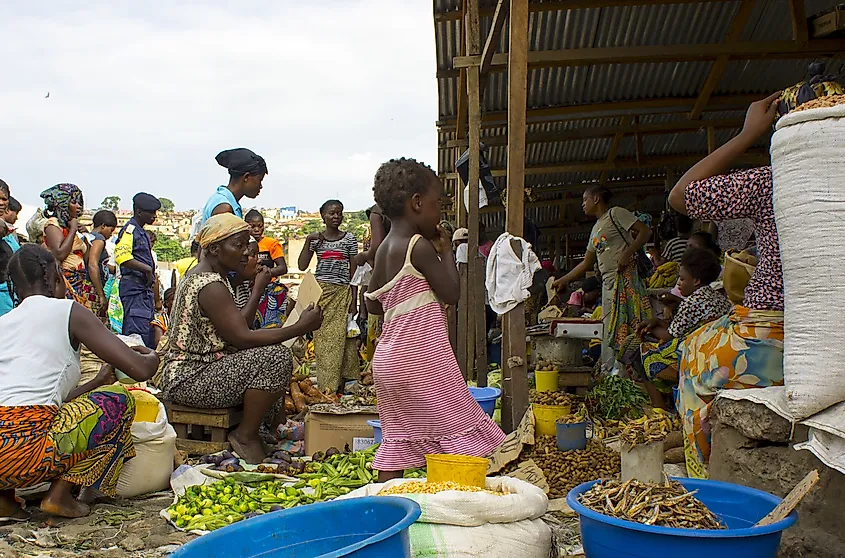
As in other countries on this list, poverty in the DRC is lessening, but still has a strong grip. In 2018 about 72% of people living in the country were existing on less than $1.90 per day. The country is recovering from many conflicts that took place in the 1990s, and has faced Ebola, and now the coronavirus.
Women in this country bare an average of six kids each. Children attend school for about 9 years on average, and 43% are malnourished. Much work has to be done to pull the country out of poverty.
Bangladesh
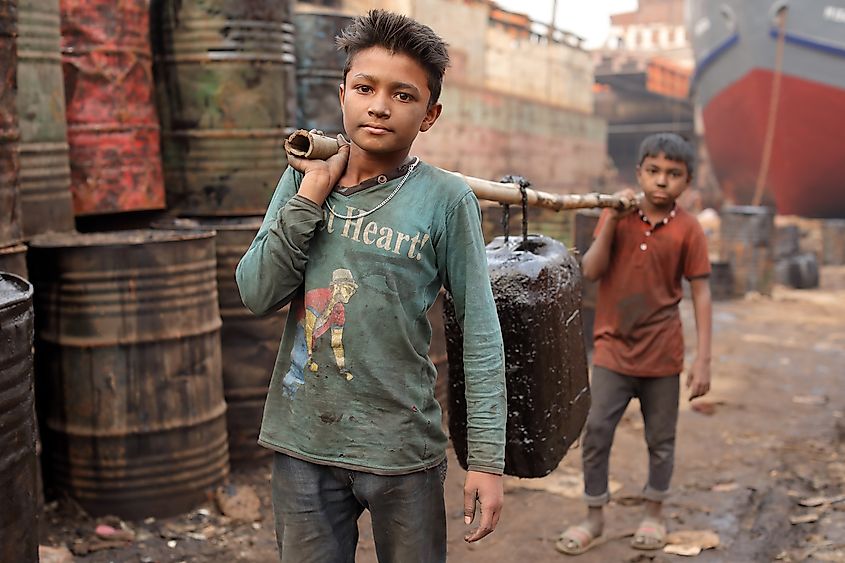
Bangladesh is doing very well in bettering its economy, and still has improvements to make. People in Bangladesh saw poverty rates drop majorly from 44.2 percent in 1991 to 13.8 percent in 2016/17. Bangladeshis now live in a lower middle-income country by the United Nations’ definition, rather than one with a status of being least developed. They are now on track to graduate from the United Nations Least Developed Countries (LDC) list in 2024.
In order to keep moving forward, the World Bank says that people in Bangladesh need to hire more women, spend more money on human capital, improve infrastructure, and do better planning and investing at a national level .











